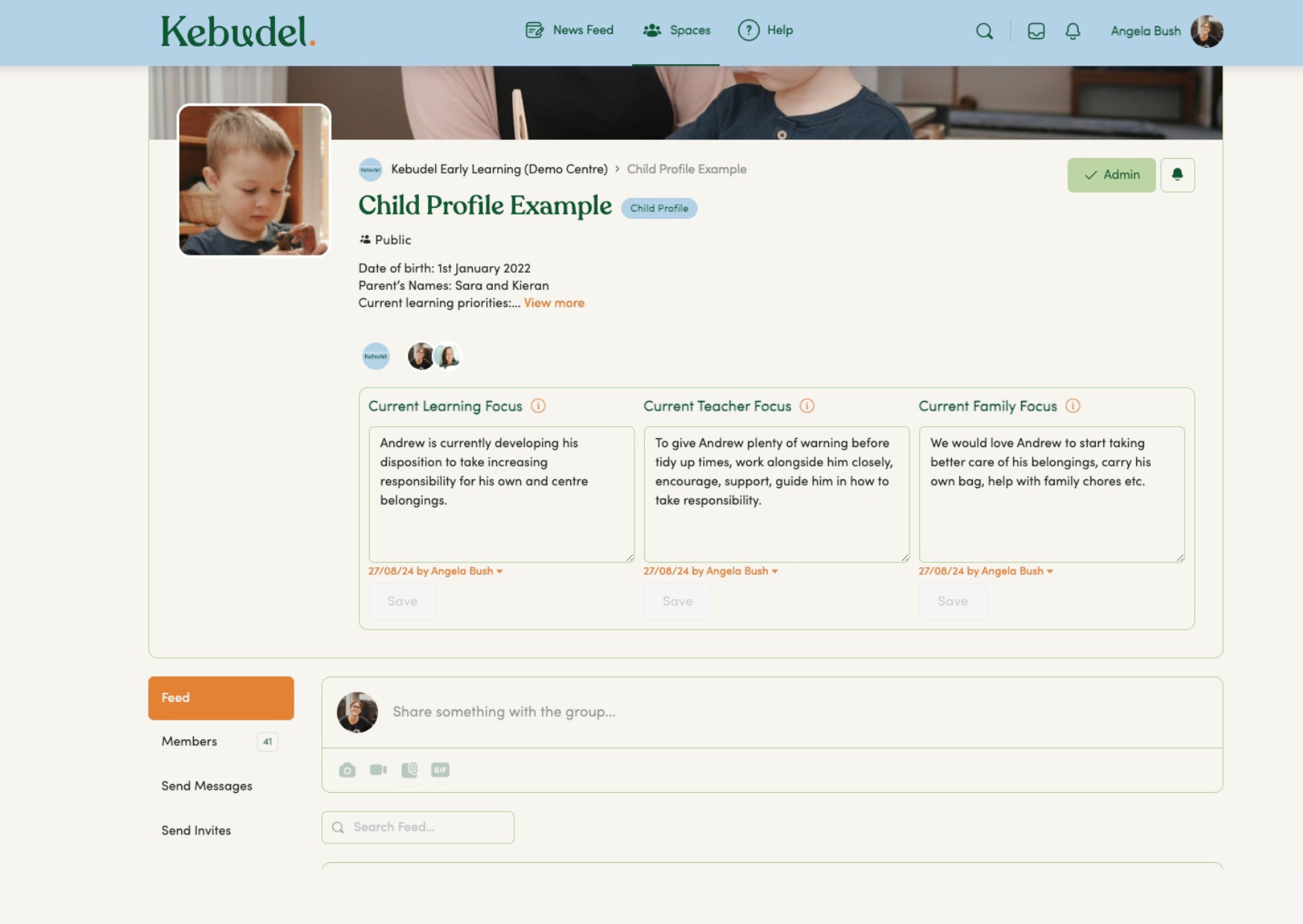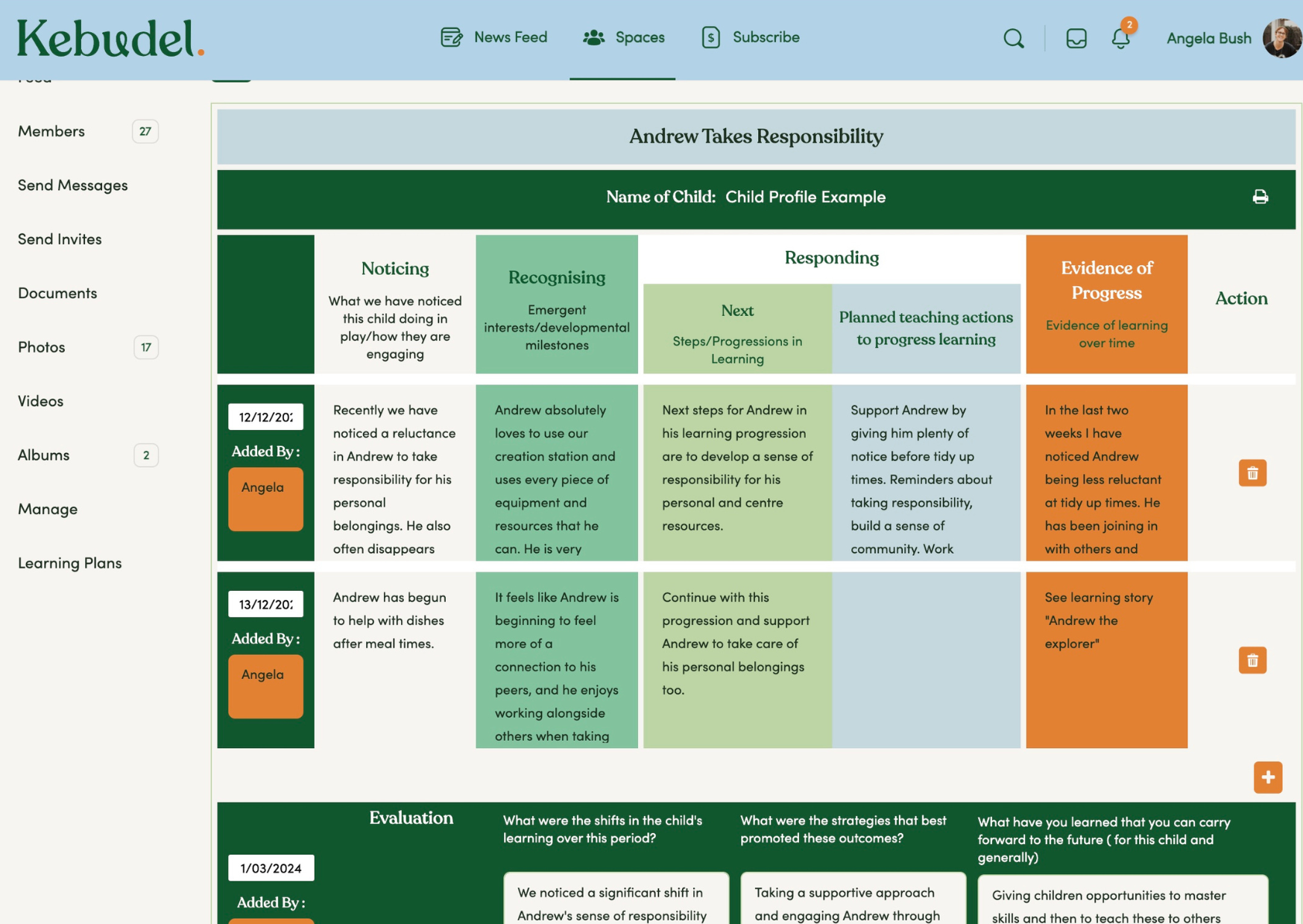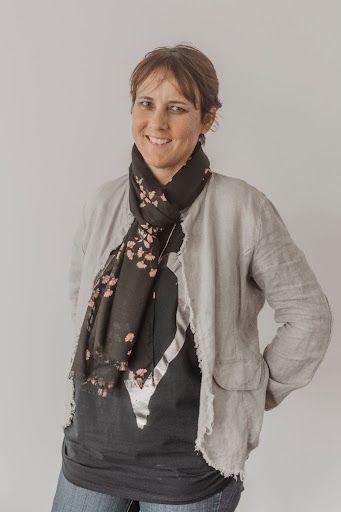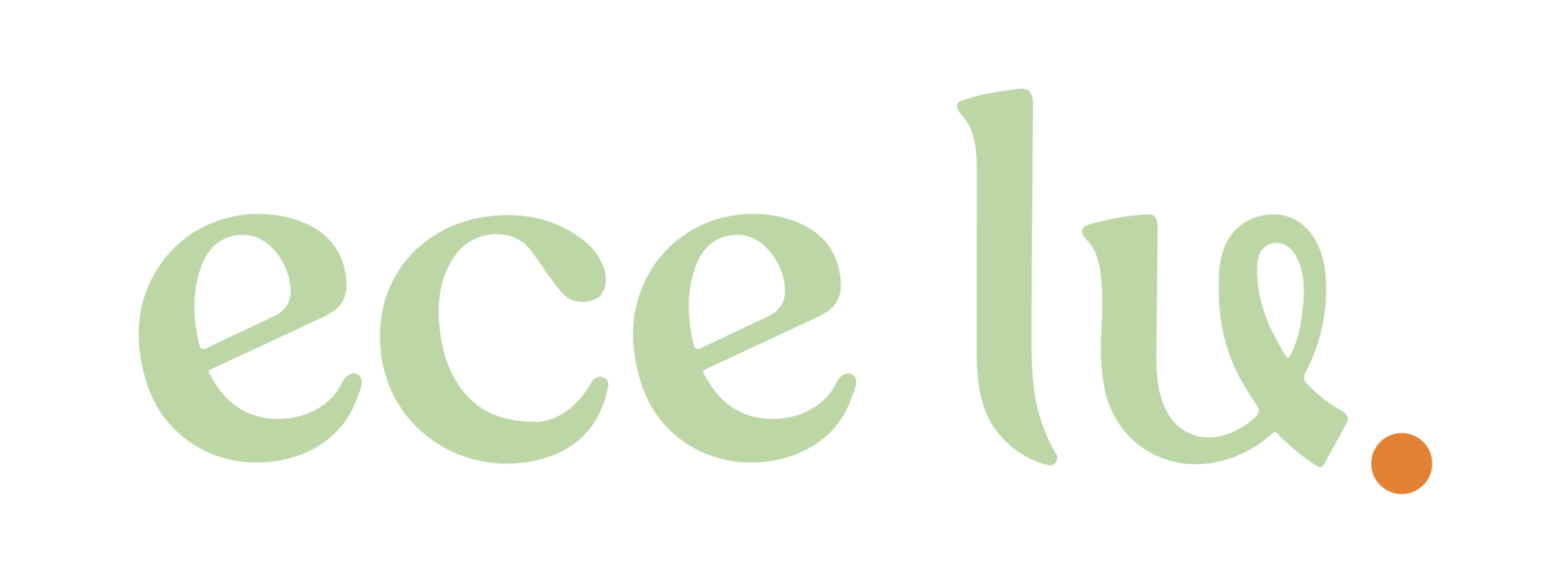What Are Learning Notes in Early Childhood Education?
Learning notes are concise, focused observations that document significant moments of a child’s learning and development. Unlike traditional learning stories, which are often lengthy narratives, learning notes are brief yet insightful snapshots that highlight key aspects of a child’s experience, developing dispositions, learning progression, skill acquisition, or engagement in play.
They serve as a practical tool for educators to capture meaningful interactions and learning moments without the time-consuming process of writing extensive reports. Learning notes emphasise quality over quantity, making documentation more efficient and accessible for educators while remaining valuable for parents and families.
Key Features of Learning Notes
Learning notes start with a clear and objective observation. This could be a moment during play, an interaction with peers, or the child demonstrating a new skill.
They go beyond what happened by interpreting the learning that occurred. This includes identifying the developmental domains, dispositions or skills involved, such as problem-solving, communication, or motor development.
Unlike lengthy narratives, learning notes are typically a few sentences to a short paragraph. They prioritise clarity and relevance, ensuring they are manageable for educators to write and meaningful for parents to read.
Why Use Learning Notes?
1. Time Efficiency for Educators
Educators often juggle numerous responsibilities, and traditional learning stories can be time-consuming. Learning notes allow for timely and frequent documentation without overwhelming workloads.
2. Increased Parent Engagement
Short, clear notes are more likely to be read and appreciated by parents. They provide insights into their child’s learning journey without the need for lengthy explanations.
3. Practical for Ongoing Assessment
Learning notes provide consistent documentation that can be used for assessment, planning, and reporting. By capturing multiple smaller observations, educators can track developmental progress and create a holistic view of a child’s growth.
4. Flexibility and Adaptability
Learning notes can focus on individual children or group dynamics, making them a versatile tool for documenting a range of interactions and experiences.





